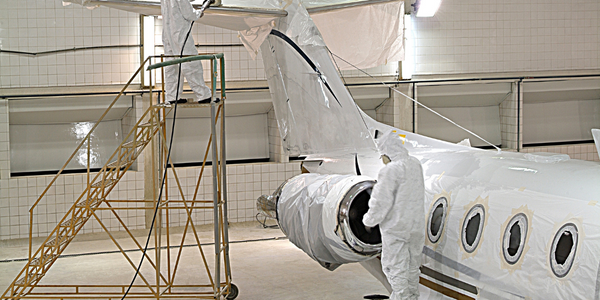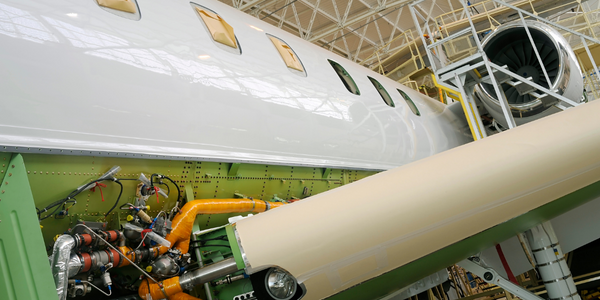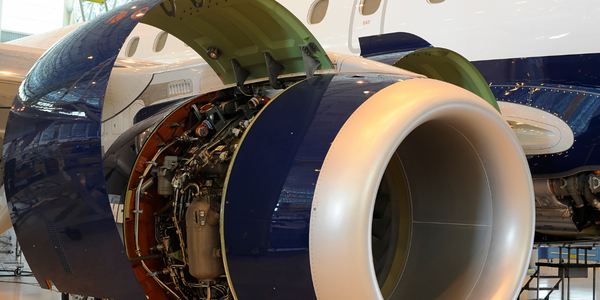技术
- 网络安全和隐私 - 端点安全
- 网络安全和隐私 - 安全合规
适用行业
- 航天
- 国家安全与国防
适用功能
- 产品研发
- 质量保证
用例
- 网络安全
- 篡改检测
服务
- 系统集成
关于客户
该客户是一家全球航空航天和国防公司,为美国和欧洲的多家运营机构提供中央 IT 服务。该公司是一家全球制造企业的一部分,在整个公司和世界各地维护 Windows 工作站。该公司的 IT 团队负责维护所有每月补丁和软件更新、部署软件和组策略对象以及管理端点安全解决方案(包括防病毒和权限管理工具)。该公司的最终用户包括技术精湛的软件开发人员,他们通常需要管理员权限才能执行日常工作职能。
挑战
该案例研究围绕一家全球航空航天和国防公司展开,该公司正在努力应对管理分散员工队伍的挑战。该公司必须确保在不同地点工作的员工能够安全地访问必要的应用程序和工具。 IT 经理的任务是保护端点系统,同时还要应对预算缩减和优先事项变化的问题。该公司还必须确保遵守国防联邦采购法规补充(DFARS),其中包含美国国防部(DoD)供应商和承包商必须遵守的网络安全要求。该公司正在寻求可扩展的、符合 DFARS 标准的解决方案,以便在其国际业务中部署。该公司还长期存在向非 IT 用户授予本地管理权限的问题,这带来了安全风险。
解决方案
该公司选择了 BeyondTrust 的端点权限管理 (EPM) 解决方案来应对其挑战。 EPM 允许公司精细地允许或拒绝对各个应用程序的访问,同时还删除非 IT 用户的本地管理权限。该解决方案采用优先级方法部署在公司的全球运营中,首先关注有合规性要求的办事处。该公司还使用 EPM 强大的事件审核功能来更深入地了解用户行为,使他们能够安全地允许已知应用程序、调查未知应用程序并阻止不需要的应用程序。 EPM 质询和响应代码授权功能使公司的 IT 团队能够在远程计算机上执行管理级任务。事实证明,该解决方案在 COVID-19 大流行期间至关重要,使公司能够远程管理系统,无论系统位于何处。
运营影响

Case Study missing?
Start adding your own!
Register with your work email and create a new case study profile for your business.
相关案例.

Case Study
Airbus Soars with Wearable Technology
Building an Airbus aircraft involves complex manufacturing processes consisting of thousands of moving parts. Speed and accuracy are critical to business and competitive advantage. Improvements in both would have high impact on Airbus’ bottom line. Airbus wanted to help operators reduce the complexity of assembling cabin seats and decrease the time required to complete this task.

Case Study
Aircraft Predictive Maintenance and Workflow Optimization
First, aircraft manufacturer have trouble monitoring the health of aircraft systems with health prognostics and deliver predictive maintenance insights. Second, aircraft manufacturer wants a solution that can provide an in-context advisory and align job assignments to match technician experience and expertise.

Case Study
Aerospace & Defense Case Study Airbus
For the development of its new wide-body aircraft, Airbus needed to ensure quality and consistency across all internal and external stakeholders. Airbus had many challenges including a very aggressive development schedule and the need to ramp up production quickly to satisfy their delivery commitments. The lack of communication extended design time and introduced errors that drove up costs.

Case Study
Accelerate Production for Spirit AeroSystems
The manufacture and assembly of massive fuselage assemblies and other large structures generates a river of data. In fact, the bill of materials for a single fuselage alone can be millions of rows of data. In-house production processes and testing, as well as other manufacturers and customers created data flows that overwhelmed previous processes and information systems. Spirit’s customer base had grown substantially since their 2005 divestiture from Boeing, resulting in a $41 billion backlog of orders to fill. To address this backlog, meet increased customer demands and minimize additional capital investment, the company needed a way to improve throughput in the existing operational footprint. Spirit had a requirement from customers to increase fuselage production by 30%. To accomplish this goal, Spirit needed real-time information on its value chain and workflow. However, the two terabytes of data being pulled from their SAP ECC was unmanageable and overloaded their business warehouse. It had become time-consuming and difficult to pull aggregate data, disaggregate it for the needed information and then reassemble to create a report. During the 6-8 hours it took to build a report, another work shift (they run three per day) would have already taken place, thus the report content was out-of-date before it was ever delivered. As a result, supervisors often had to rely on manual efforts to provide charts, reports and analysis.

Case Study
Developing Smart Tools for the Airbus Factory
Manufacturing and assembly of aircraft, which involves tens of thousands of steps that must be followed by the operators, and a single mistake in the process could cost hundreds of thousands of dollars to fix, makes the room for error very small.








